This series will cover the history of Modern Pakistan, from the earliest notions of a separatist Muslim governance to the creation of Pakistan and all the way to 2023.
You can read post covering 1857 – 1927 here: A History of Modern Pakistan #1 1857 – 1927
You can read post covering 1927- 1939 here: A History of Modern Pakistan #2 1927 – 1939
You can read post covering 1939 – 1947 here: A History of Modern Pakistan #3 1939 – 1947
You can read post covering 1947 – 1953 here: A History of Modern Pakistan #4 1947 – 1953
1953 – 1958
Mohammed Ali Bogra as PM
Mohammed Ali Bogra, Bengali by background was the ambassador of Pakistan to multiple countries, so as PM he focused on foreign policy. He strongly pursued the strengthening of bilateral relations between Pakistan and the United States, while downplaying relations with the Soviet Union. He also pushed for a stronger military to achieve peace with India and took personal initiatives to prioritize relations with China.
He focused on establishing a working constitution. His draft was known as the Bogra Formula. Later it would pave way for the 1956 constitution. The Bogra formula was highly popular and widely welcomed by the people. They considered it as a plan that could bridge the two wings of Pakistan and would act as a source of unity for the country.
As the formula included curbing powers of the GG, Ghulam Muhammad did not take this well. He dissolved the constitution writing assembly in 1954 with the support of the Pakistan military and civil bureaucracy (headed by General Ayub Khan).
When this failed, Bogra focused on his One-unit plan. He wanted to bring together all people into one strong nation- no more nationalistic Bengalis, Punjabis, Sindhis, Pathans, Balochis, Bahawalpuris or Khairpuris but Pakistanis. He removed the provincial status of Punjab, Sindh, Baluchistan and NWFP and made them one big province. Now he could easily deal with two provinces, east Pakistan and west Pakistan.
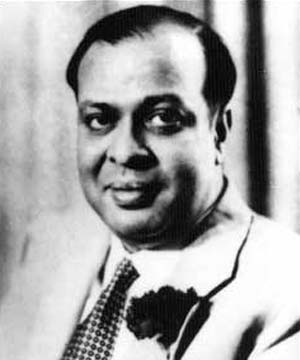
Five-year plan revival
In 1955, Bogra revived Liaqat Ali Khan’s five-year plan giving agricultural development the highest priority in both East and West Pakistan. Eventually due to the complex and ambitious nature of the plan, it was never fully implemented. Pakistan remained at a road block.
Iskander Ali Mirza as GG
In 1955, GG Malik Ghulam Muhammad’s moved to the UK to seek treatment for his Paralysis. Iskander Ali Mirza, the defence secretary, was appointed as acting governor-general in Aug 1955. He disagreed with the way Bogra ran the country so forced him to resign. Bogra then reverted back to his old role of ambassador, he was Pakistani Ambassador to the United States which he served until 1959. Iskander also went on to dismiss Malik Ghulam as GG due to his inability to act and illness.
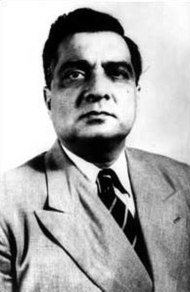
Chaudhry Muhammad Ali as PM
Chaudhry Muhammad Ali, initially the finance minister, replaced Bogra as PM and like Bogra placed great emphasis on drafting the Constitution of Pakistan and supported the One Unit scheme despite opposition. He was part of the plans for a new Pakistan capital Islamabad. He also tried to resolve the Kashmir issue with Nehru.
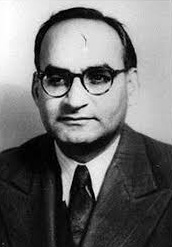
1956 Constitution
The first set of the Constitution of Pakistan was promulgated on 23 March 1956 where the nation-state was declared as Islamic republic with a parliamentary form. The key features were:
- Sovereignty of Allah
- Name of the country – Islami Jamhooria Pakistan
- Muslim head of state
- Islamic principles
- Islamic way of life
- Safeguard Islamic principles
- Relation with Islamic countries
- Zakat and Awqaaf
- Minority rights
- Free judiciary
This constitution was passed. Pakistan abolished the monarchy on the adoption of a constitution but decided to remain within the commonwealth for its economic benefits.
PM Ali’s downfall came when his party lost confidence in him. Most of his cabinet had consisted of members from other parties. After a motion of no confidence, he resigned.
Iskander Ali as President
Iskander became the first President of Pakistan. His presidency, however, was marked with political instability which saw his unconstitutional interferences in the civilian administration that led to the dismissal of four prime ministers in a mere two years.
Huseyn Shaheed Suhrawardy as PM
In September 1956, the Awami League formed a coalition with the Republican Party to secure a majority in the new National Assembly of Pakistan and took over the central government. Awami League President Huseyn Shaheed Suhrawardy became the Prime Minister of Pakistan.
Suhrawardy pursued a reform agenda to reduce the long-standing economic disparity between East and West Pakistan, greater representation of Bengalis in the Pakistani civil and armed services and he unsuccessfully attempted to alleviate the food shortage in the country.
He gave priority to food development, agriculture and social development in both provinces, but due to logistical and operational shortages his plans failed. He did continue developing on the One-Unit framework, building up the military and establishing the Pakistan Atomic Energy Commission. He was known as a pro-American politician.
Suhrawardy’s foreign policy was directed towards improving the fractured relations with the Soviet Union and strengthening relations with the United States and China after paying first a state visit to each country.
Suhrawardy’s efforts led to an American training program for the country’s armed forces which met with great opposition in East Pakistan. His party in the East Pakistan Parliament threatened to leave the state of Pakistan. Suhrawardy also verbally authorised the leasing the Inter-Services Intelligence’s (ISI) secret installation at Peshawar Air Station to the CIA to conduct operations in the Soviet Union.
Differences in East Pakistan further encouraged Baloch separatism, and in an attempt to intimidate the communists in East Pakistan. President Mirza initiated massive arrests of communists and party workers of the Awami League, which damaged the image of West Pakistan in the east.
Suhrawardy’s resigned under pressure from President Iskander Ali Mirza a year later in Oct 1957. This was the beginning on the nuisance caused by the Presidents interfering with daily politics. In Bangladesh, although there were tension, he is remembered as the mentor of Bangladesh’s founding leader Sheikh Mujibur Rahman.
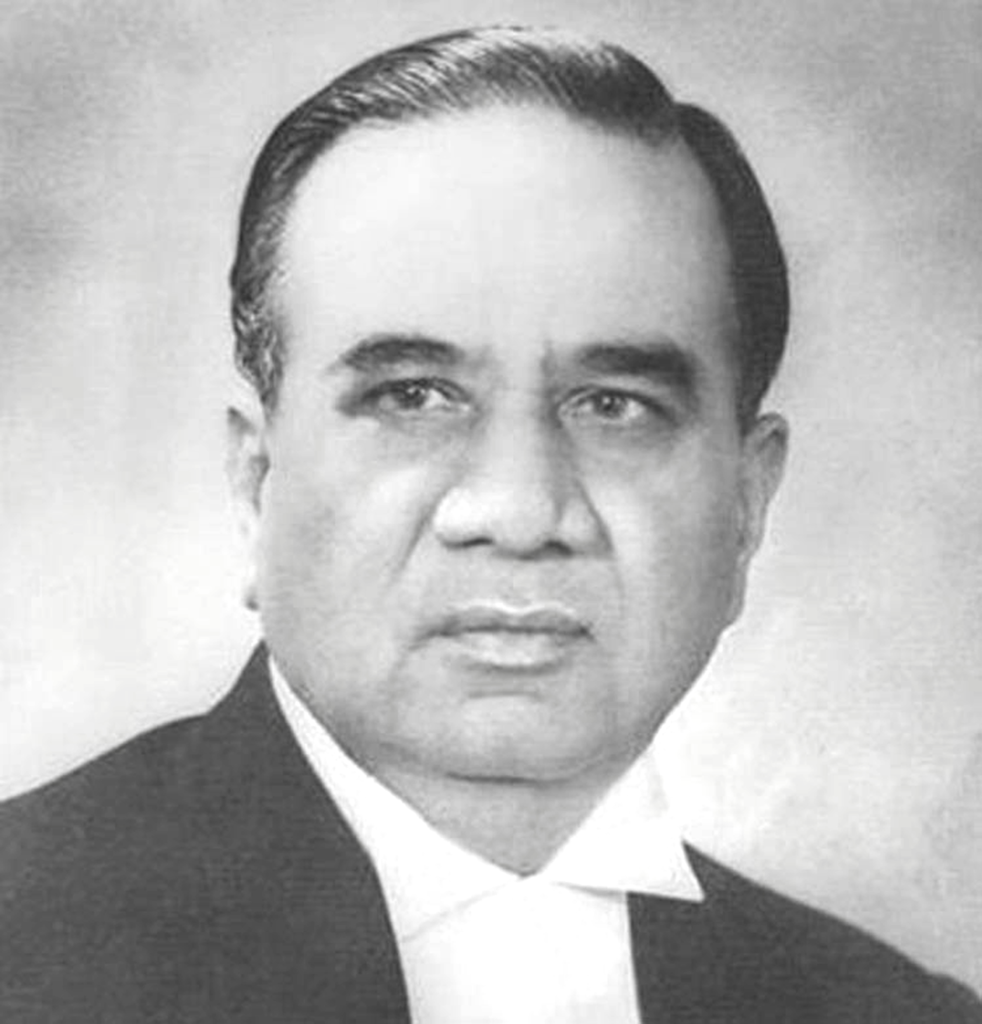
Ibrahim Ismail Chundrigar as PM
Ibrahim Ismail Chundrigar became the sixth prime minister of Pakistan, but only lasted two months in office. He realised his coalition government will not allow him perform as an effective PM, so he sought to reform the Electoral College. This was not taken well by the parties nor President Iskander. He resigned in Dec 1957.
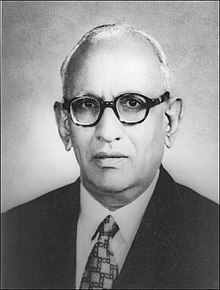
Sir Malik Feroz Khan Noon as PM
Sir Malik Feroz Khan Noon replaced Chundrigar as PM. Leaders of the Muslim League and Awami League had been given a chance, now it for the leader of the Republican party.
Noon managed to successfully negotiate with the Sultanate of Muscat and Oman in 1958 for the cession of Gwadar for $3 million US.
Although Noon and Mirza got on, he did not endorse him in the presidential re-election. In Oct 1958, Mirza imposed martial law dismissing Noon to usurp all political power into his own hands. After this Noon retired from national politics and became a political writer.
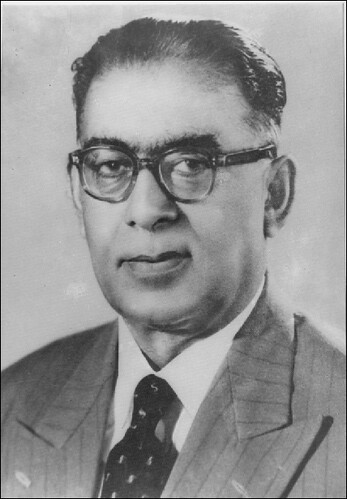
The 1958 Coup
Mirza then nominated Gen Ayub Khan to become the new prime minster. Pakistan was fraught with controversial governance, full of political tension and sectarian politics. There were also failings to deal with the Indian threat to Pakistani Sovereignty in the disputed region of Jammu and Kashmir.
Ayub could see the weakness lied in Mirza egotistical control over the country, so in late Oct 1958, he seized control of the country. This was the first martial law by the army. Ayub became the new president and called for stability. Elections for a new government were to be held in two years.
The public supported the coup in hope of strong central leadership could stabilise the economy and promote modernisation. Ayub even got the support of the judiciary for the legality the coup. However, this act of military martial law as opposed to democratic removal of a government is said to be the beginning of Pakistan’s trend of applying martial law.
